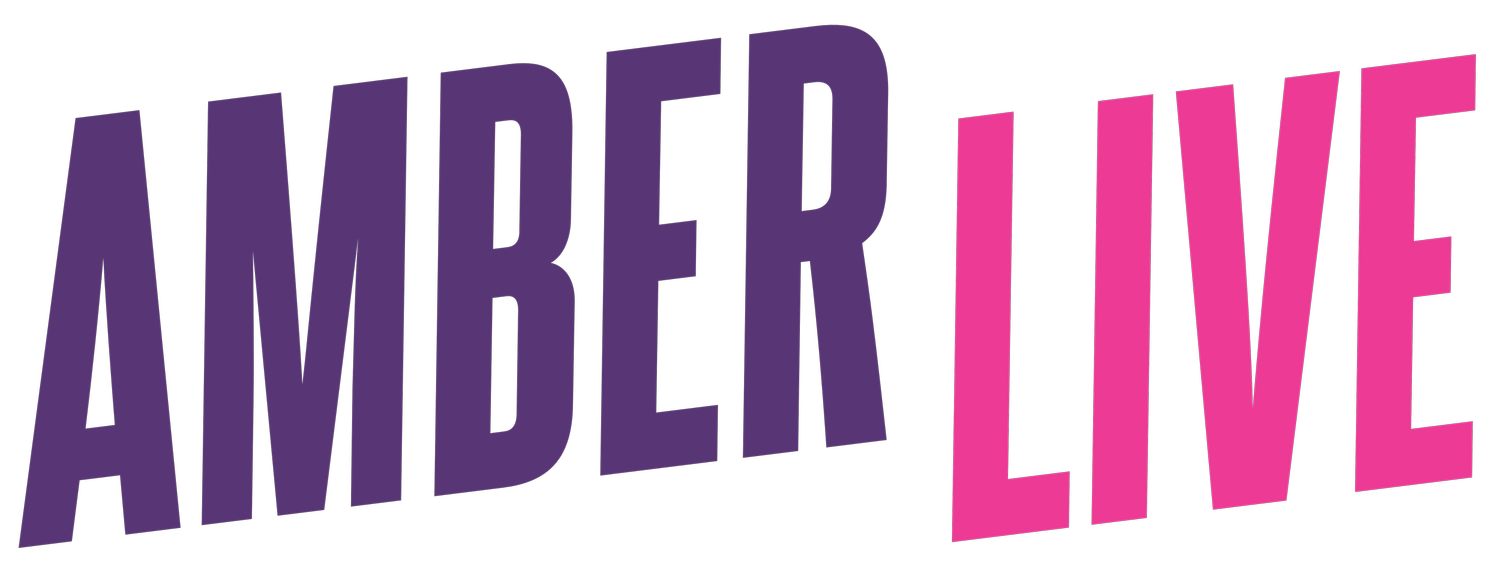What is Queer Theater?
Table of Contents
Introduction
Early History of Queer Theater
Stonewall and the Gay Liberation Movement
AIDS Epidemic and Activist Theater
Contemporary Queer Theater
The logo for the National Queer Theater
Introduction
Queer theater refers to theatrical works that explore themes relating to lesbian, gay, bisexual, transgender, and queer (LGBTQ) experiences and identities. It emerged as a distinct genre during the gay liberation movements of the 1960s and 1970s as a way for LGBTQ people to tell their own stories and challenge dominant narratives. Queer theater deliberately subverts traditional gender roles and heteronormative assumptions by foregrounding LGBTQ characters, relationships, and desires onstage.
Early History of Queer Theater
While openly queer theater is a relatively recent phenomenon, LGBTQ themes and characters have been present in plays for centuries in coded and symbolic ways. For example, cross-dressing was a common Shakespearean theatrical device that allowed for gender fluidity. In the early 20th century, gay subcultures began emerging in cities, leading to increased visibility of LGBTQ stories onstage. Plays such as Mae West's "The Drag" (1927) and "The Captive" (1926) by Edouard Bourdet explored same-sex relationships and introduced queer characters. However, censorship laws often prohibited frank depictions of homosexuality.
Stonewall and the Gay Liberation Movement
The Stonewall Riots of 1969 were a watershed moment for LGBTQ visibility and directly impacted theater. LGBTQ activists began writing and staging plays that positively portrayed the queer experience. Hit off-Broadway productions like Mart Crowly’s “The Boys in the Band” (1968) and Holly Hughes’ “World Without End” (1971) disrupted norms and invited audiences to empathize with LGBTQ characters. As the gay liberation movement grew, major cities developed thriving gay theater scenes.
AIDS Epidemic and Activist Theater
When the AIDS epidemic hit in the 1980s, theater became a powerful tool for LGBTQ activism and countering ignorance. Tony Kushner’s acclaimed “Angels in America” (1991) confronted the AIDS crisis head-on while exploring themes of sexuality, religion, politics and identity. Theater companies brought innovative AIDS education performances to schools and workplaces. Queer playwrights created works chronicling loss and advocating sociopolitical change during the height of the epidemic.
Tony Kushner
Contemporary Queer Theater
Today, queer theater continues to push boundaries and offer nuanced perspectives on LGBTQ experiences. Recent acclaimed plays like Matthew Lopez’s “The Inheritance” (2018) re-imagine historical classics like E.M. Forster’s “Howards End” through a queer lens.
Matthew Lopex
Young LGBTQ playwrights are breaking new ground, and queer characters are increasingly becoming part of the mainstream theater canon. Major theaters regularly stage works by prominent gay playwrights like Terrence McNally, Moisés Kaufman and Paul Rudnick. While challenges remain, queer theater has solidified itself as an impactful artform that exposes audiences to LGBTQ stories and transforms cultural attitudes.
—This article was written, restructured, or adapted by Russell with information gathered from sources around the internet. Russell is the producer of Amber Live and is greatly overworked to pull it all together. If it’s on the internet, it must be true. (We’re kidding.) BUT, if you find any errors or omissions in the article, please let us know so that we may correct the issue. Thanks for your support!




